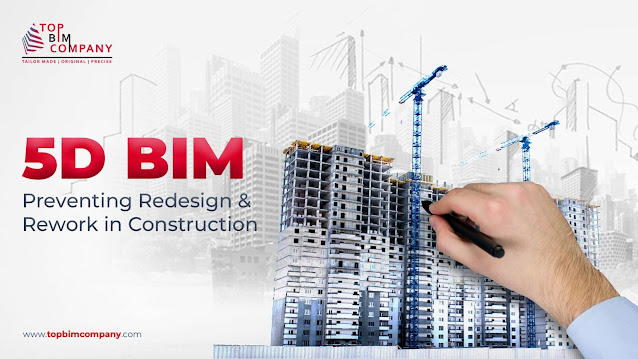BIM LOD (Levels of Development) and their Importance
Have you ever been curious about BIM LOD? So, stop wondering now! Let’s go into depth about this idea and the variations among its various levels. You will understand the key characteristics of LOD 100, LOD 200, LOD 300, LOD 400, and LOD 500.
What is LOD?
In a nutshell, LOD, or "Level of Detail," is an indicator that reveals the status of the data that the BIM model ought to contain at a specific stage of a project. It aids in determining and comprehending the quantity of geometry, parameters, and data that a BIM model contains. The visual component of the 3D model can be used to demonstrate this level of detail. Nevertheless, not every parameter is apparent by simply looking at the virtual model. In some cases, interaction is required to fully understand the amount of information.
Which levels of detail are there?
The most widely used LOD levels are as follows:
LOD 100: This level of outward appearance, visual suggestion, or conceptual design corresponds to 20% of the total information that might be conveyed. It is called a Concept or even a Schematic Design model.
LOD 200: It is an elementary or schematic level that contains dimensional parameterized data, or 40% of all imaginable information. Alternatively put, it is known as a design-development model.
LOD 300: This level equates to 60% of the total information that is conceivable. Here a detailed design model is used by AEC stakeholders for accurate construction drawing creation.
LOD 350: This model augments the LOD 300 model with additional components (such as hangers and supports, etc.) to improve accuracy while undertaking 3D Preconstruction Coordination, but it is not a fabric-level model.
LOD 400: This level is equivalent to 80% of the total amount of information possible. Here the model is required for fabrication.
LOD 500: Often referred to as As-built. Most of the time, this Level of Development has all essential data for the facility operations. Geometry is less important at this point compared to facility management data.
So a higher LOD equates to more "detail"?
It is a widespread misconception that pieces that make up a BIM model would have more characteristics described in them the higher the LOD. When only a few components are prefabricated, you might want to create a hybrid LOD between LOD 350 and LOD 400 to better serve the actual goals of the BIM process. Hence, when building a LOD 500 model, you can disable "hangers layers" while adding, for instance, instruments that might not have been crucial for coordination but were crucial for operations.
What factors should be considered while selecting the Level of Detailing?
Some features might not always be required for every LOD. A different Level of Detailing will always be required and will evolve in accordance with the BIM aims and needs of the ultimate customer. Therefore, these points must always be determined and specified during the various phases of a BIM project.
Verify that the operating functions of the model are followed while developing systems. It needs to be seen that all essential assets, even those that are unrelated to the BIM coordination process, are represented.
Eliminate components that add no value to the model.
As a last consideration, it is critical to approach BIM modeling depending on the actual customer and project demands. This is effective in specifying BIM LOD to realize objectives with utmost accuracy and financial gain.

.png)
